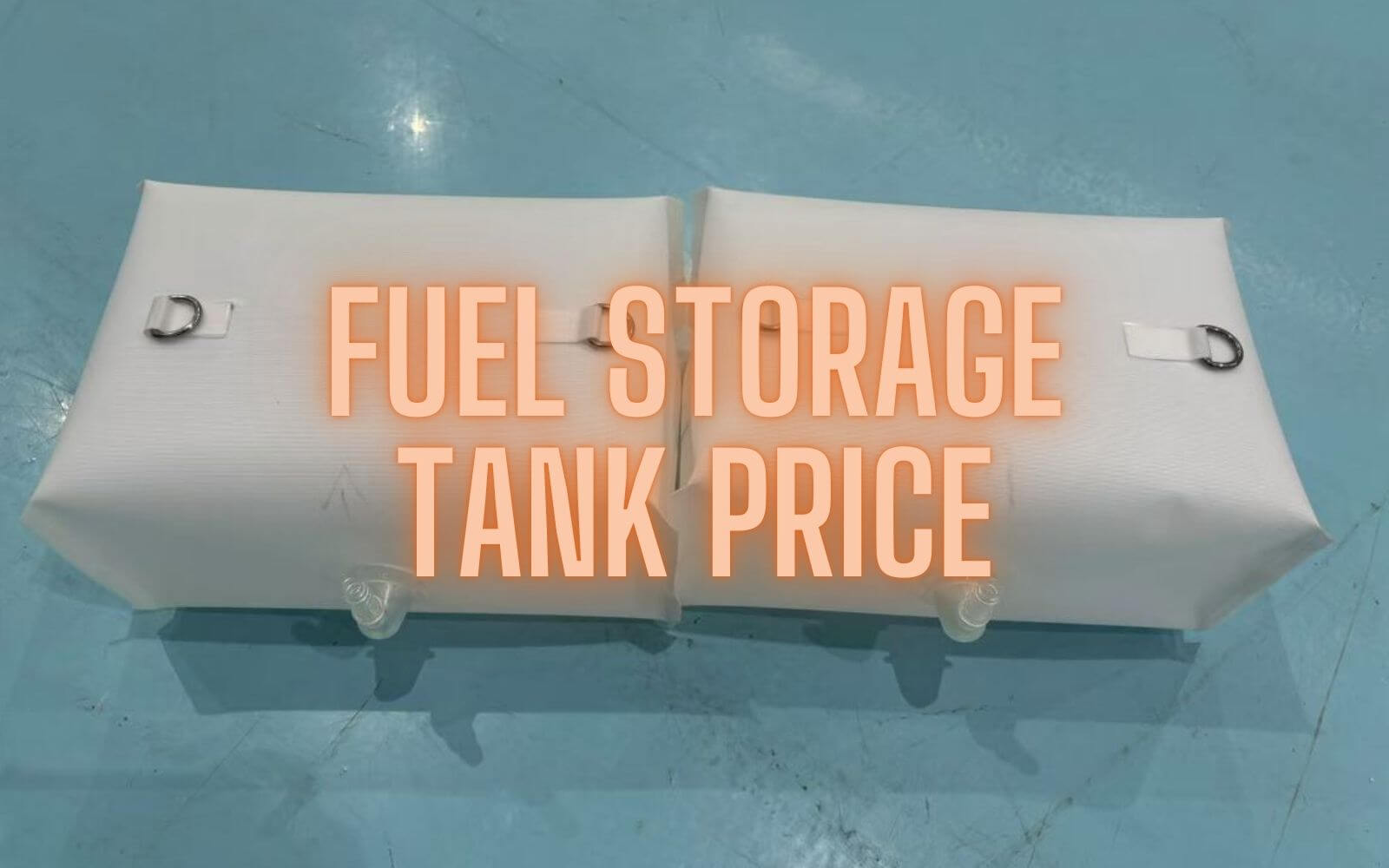FUEL STORAGE TANK PRICE
As industries continue to evolve and global energy demands changes, the fuel storage tank price situation significant changes in 2025. Whether you’re a business owner, a fuel supplier, or a property manager, staying informed about these trends can help you make smarter investment decisions. This article explores the key factors influencing fuel storage tank prices and highlights what to expect in the coming year.
Understanding the Components of Fuel Storage Tank Pricing
Before diving into the trends, it’s essential to understand what factors affect the cost of fuel storage tanks. There have several factors, including:
1. Tank Material
- Steel Tanks: Known for their durability and strength, steel tanks are often more expensive, heavier, but last longer, good choice for stationary projects’ applications.
- Plastic Tanks: Cost-effective and lightweight, quick response and easy deployment, can make size in small and large based on the various applications. Custom available on size, shape and fittings, on flexible plastic tanks. As the technical development, the serve life of the flexible tanks can be over 10 years by using quality materials.
- Fiberglass Tanks:These are corrosion-resistant and mid-range in cost, ideal for underground installations.
2. Capacity
The larger the tank, the higher the price. Besides, the more complicated shape, the higher cost also. Residential tanks may range mostly from 100L to 30,000L , while industrial tanks ranges from 50L to 1,000,000L, most needed can exceed to 100,000L, 500,000L, etc.
3. Tank Type
- Above-Ground Tanks:Easier to install and maintain, making them more affordable. The steel tank, pillow plastic tank mostly used as above-ground tanks.
- Underground Tanks:Require excavation and additional safety measures, increasing installation and maintenance costs. The fiberglass tank usually use as underground tank.
4. Regulatory Compliance
Tanks designed to meet environmental standards, such as using outdoor, requested the UV-resistance property; working in harsh environment, then the high tear-resistance needed. Those features will affect the prices also.
Key Fuel Storage Tank Price Trends for 2025
1. Rising Material Costs
Global supply chain disruptions and inflation are likely to keep material costs high. Steel, for steel fuel tanks, is expected to see steady price increases, which will directly impact tank prices. Film raw materials, for pillow plastic tanks, we estimate it can keep in a stable status, as the PVC/TPU article price no much change.
2. Increase in Custom Solutions
Industries are moving toward custom fuel storage tanks to meet specific needs. Custom tanks, while more expensive, provide tailored solutions that optimize space, safety, and functionality. Customizing available in size(mostly ranges from 50L to 100,000L), shape(based on the specific designs from customer, making each designs come true), fittings(for different application, the suitable fittings can increase the feasibility).
3. Growth in Plastic and Fiberglass Tanks
Lightweight, corrosion-resistant, UV-resistant, tear-resistant tanks are gaining popularity. In particular, plastic tanks are expected to capture a larger market share. Especially the flexible bladders can work in various situation for water, fuel, chemical liquid storage and transportation. Providing the customization in production meets specific requirements.
4. Adoption of Smart Technology
Fuel storage tanks produced by technical machinery are becoming a trend. The innovative technology and modern machines make tanks feature high quality, providing durable performance, which adds to their cost but enhances operational efficiency.
What Buyers Should Expect in 2025
1. Price Fluctuations
While material costs are rising, increased competition among manufacturers may lead to more competitive pricing. Buyers should shop around for the best deals.
2. Higher Upfront Costs for Long-Term Savings
Investing in eco-friendly or smart tanks may have a higher initial cost but will pay off through regulatory compliance and operational efficiency.
3. Regional Variations
Prices will vary by region due to differences in labor costs, transportation fees, and local regulations.
4. Increased Focus on Durability
Buyers are prioritizing tanks with longer lifespans to maximize their investment, leading to a demand for higher-quality materials and construction.
Tips for Navigating Fuel Storage Tank Prices in 2025
1. Evaluate Your Needs
Determine the tank size, the application, the shape which means the working places, and type that best suits your requirements. Overestimating your needs can lead to unnecessary expenses.
2. Plan for Compliance
Invest in tanks that meet or exceed regulatory standards to avoid costly upgrades or fines in the future. So better understand the local laws can help to avoid this issue.
3. Consider Total Cost of Ownership (TCO)
Factor in transportation, installation, maintenance, and operational labor costs—not just the purchase price—when evaluating options.
4. Work with Reputable Suppliers
Partner with established manufacturers who offer warranties and after-sales support to ensure quality and reliability. The stationary products supply, the easy communication are necessary to consider the reliable supplier.
Conclusion
The fuel storage tank price landscape in 2025 will reflect a mix of challenges and opportunities. Rising material costs and growing demand for eco-friendly, custom, and smart tanks are key trends to watch. By understanding these shifts and planning strategically, businesses and individuals can make informed decisions to optimize their investments. Whether you’re upgrading existing tanks or purchasing new ones, staying ahead of the curve will ensure you’re prepared for the evolving market.








